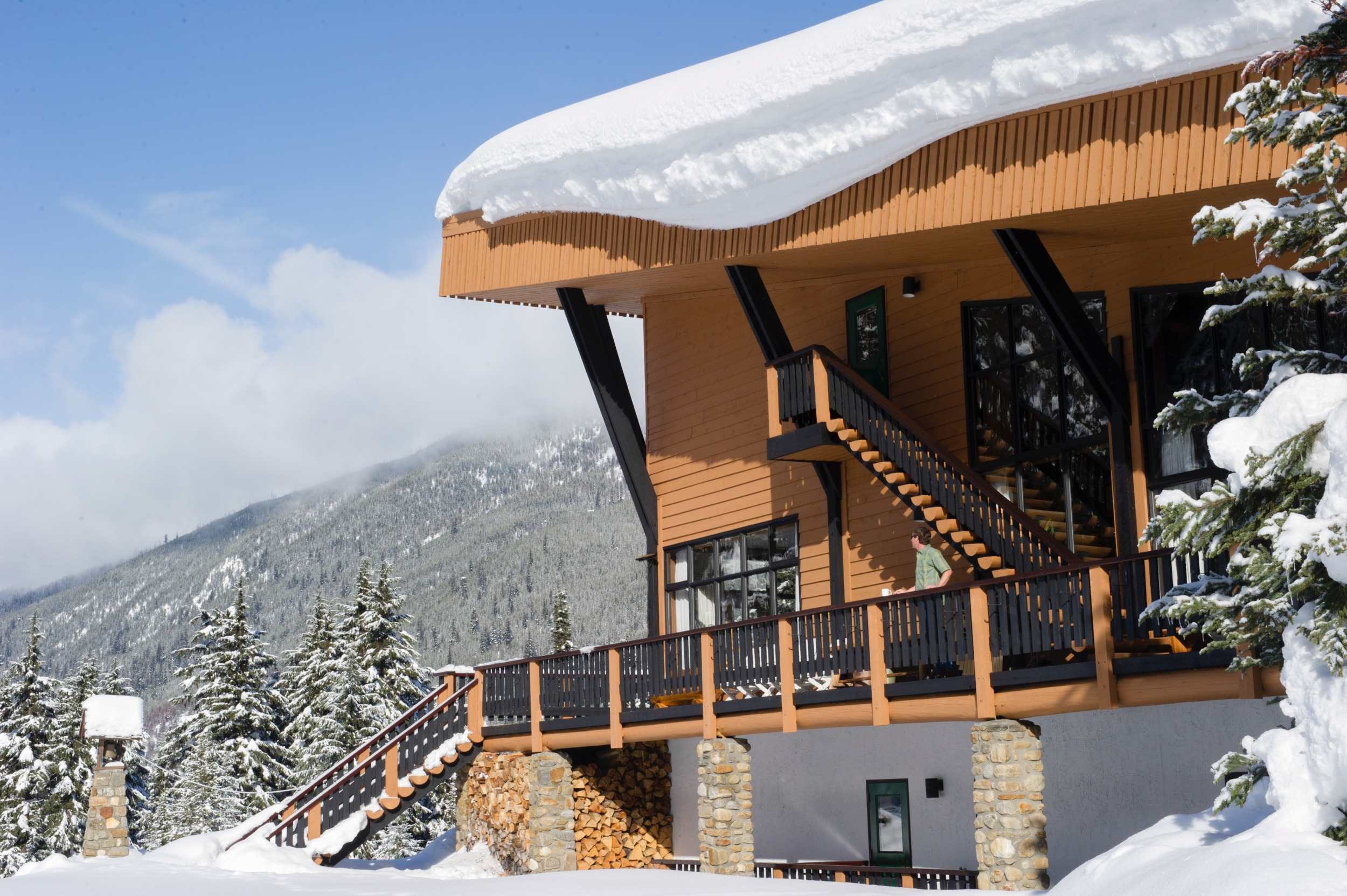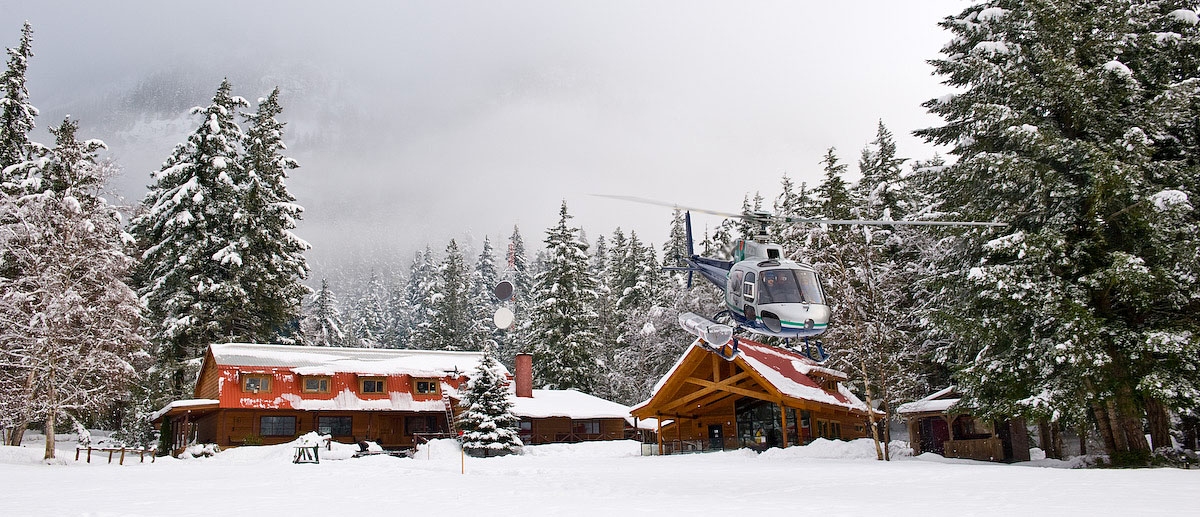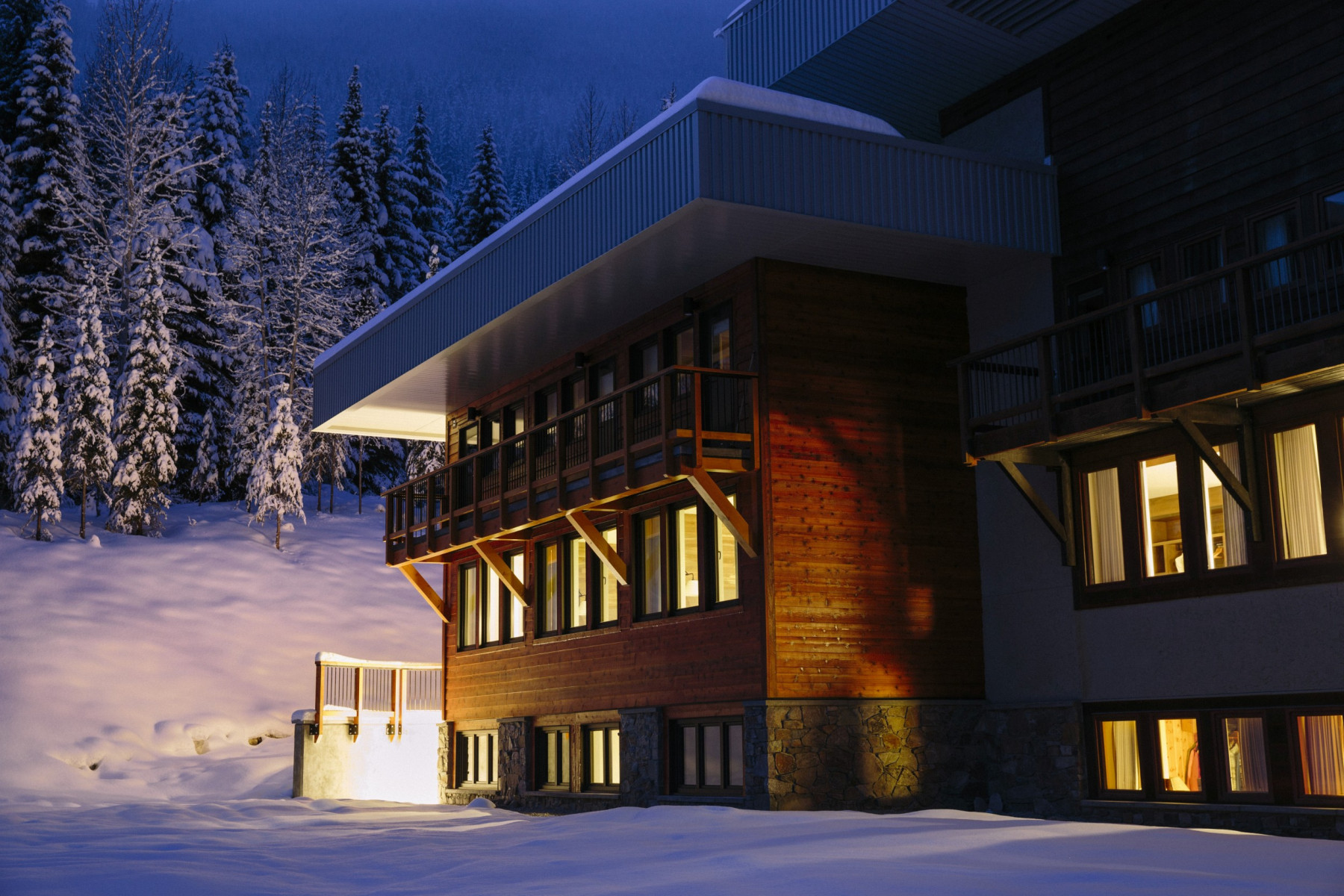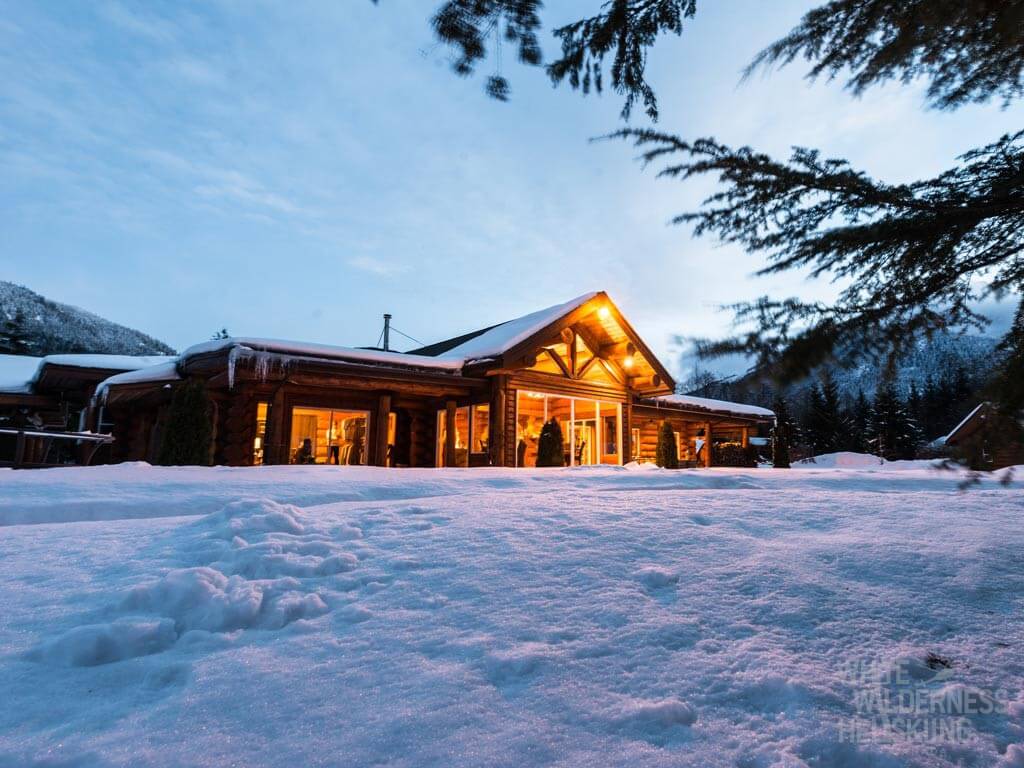The CMH Cariboos Lodge was named after the Canadian Cariboos mountain range. This in turn bears the name of the North American reindeer species caribou. What are these animals, where do they live and can you actually meet them while heliskiing with CMH?
Reindeer are a species of deer that can be found in the northern polar regions of all continents. The name caribou, or Cariboo, simply refers to the reindeer of North America and goes back to the indigenous name of the First Nation tribe of the Mi'kmaq. Caribou immediately stand out because of their huge antlers. They are also herd animals, which means that they are usually found in herds.

When heliskiing in Canada, however, it is rather unlikely to come across caribou during the descent, as the animals tend to live in tundra-like terrain and not in alpine areas. However, when flying over the landscape from the lodge into the mountains, there is a chance of spotting herds. However, the chances of encountering the animals are much better in the Cariboo Mountains Provincial Park.
But reindeer are by no means the only creatures to be found in the Canadian mountains. Moose, known as moose in North America, occasionally stand at the side of the road and peer out of the forests into the villages. If you're lucky, you might look out of the window of the heliskiing lodge in the morning and see a moose trotting through the snow. Grizzly bears are also not uncommon in Canada. However, they are in deep hibernation when most heliskiing guests come to Canada. During the main season from December to March, there is usually no sign of grizzlies - perhaps for the best.
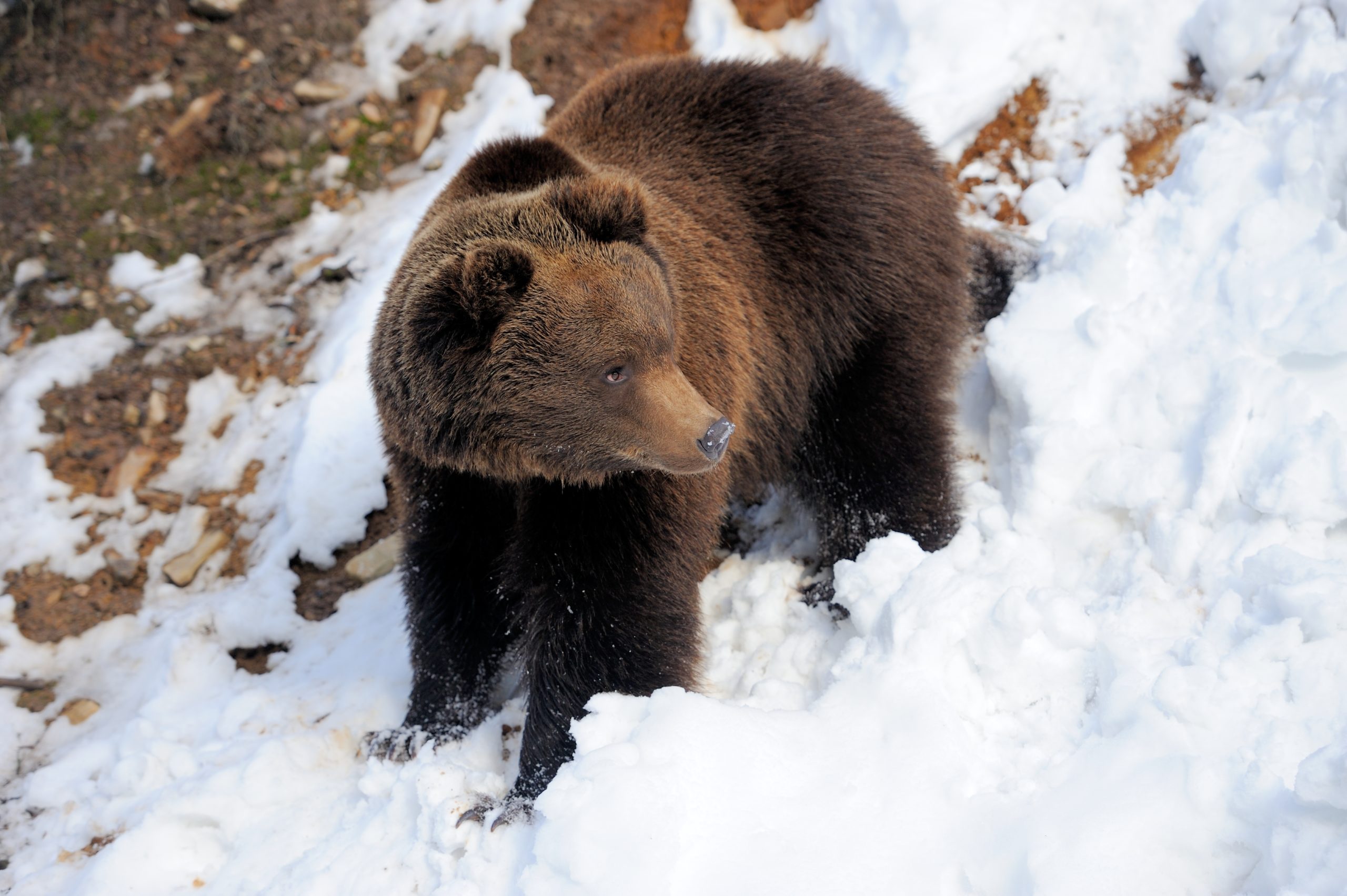
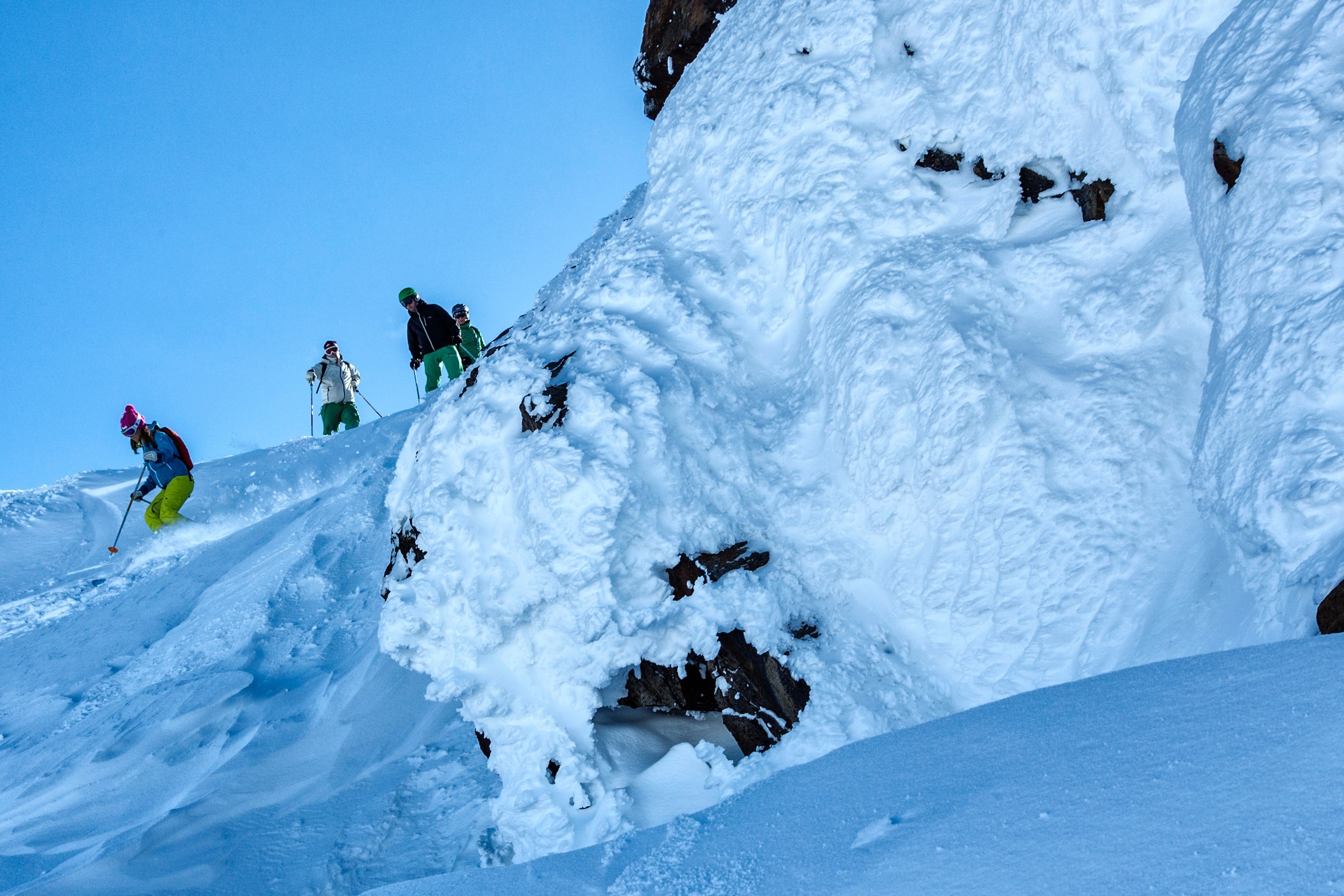
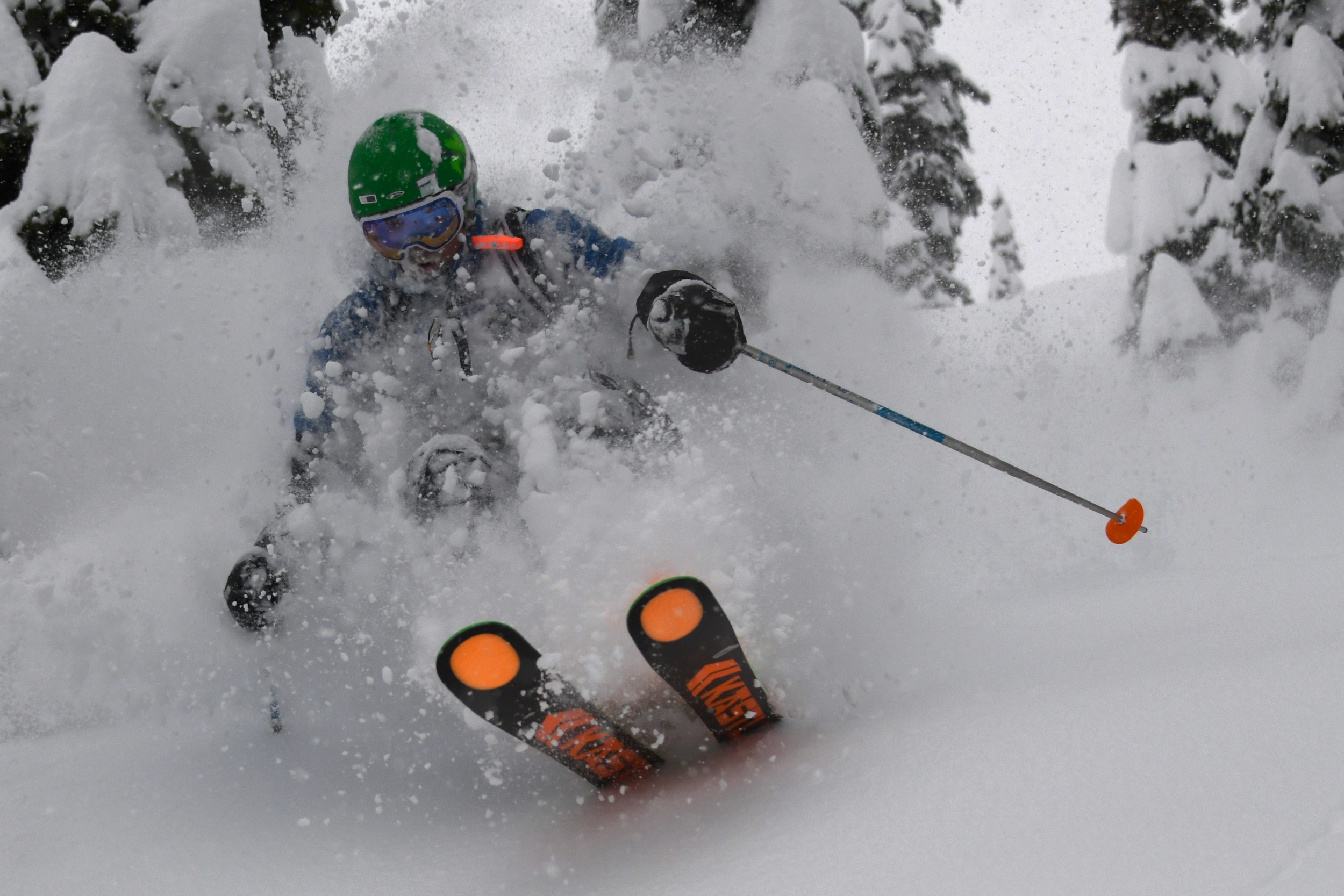

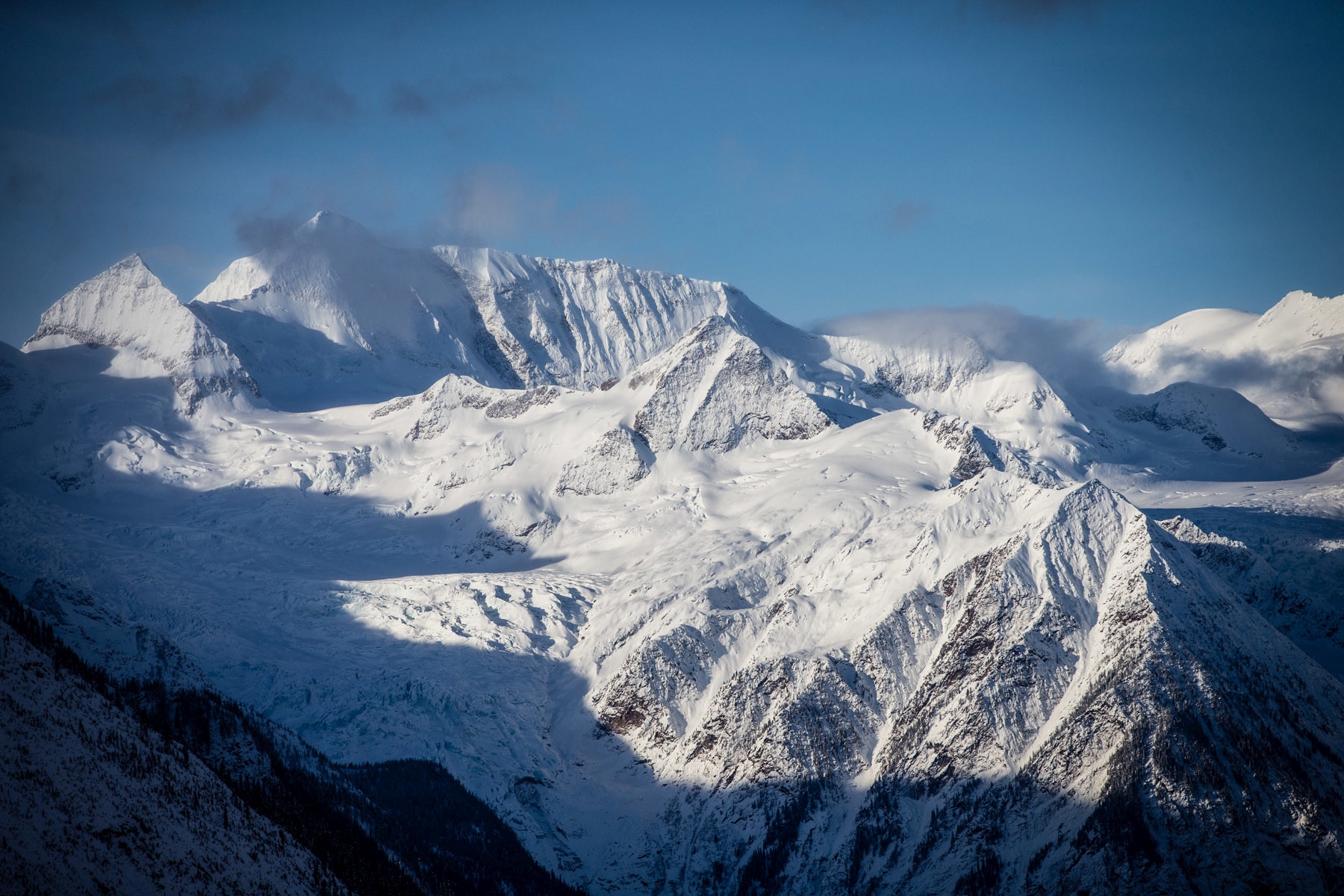
But from April onwards, it is quite possible that a grizzly will "stray" onto the green meadows in front of a lodge. "I've encountered bears at Cariboo and Adamants Lodge before," reports Kenny Prevost from TRAVELZONE. "And at CMH's Adamants Lodge, a grizzly once lay outside my window for four days. So I had the best view for bear viewing."
Much more often, however, you come across the cute little squirrels and chipmunks. At campsites, you often see them being attracted to people. Some of them literally eat out of your hand - preferably nuts. For heliskiers, such wildlife feeding activities are taboo. Just as for divers under water, skiers and snowboarders must not look, touch or feed in the white wilderness of the mountains.
Heliskiing in the Champage powder is undoubtedly an **once-in-a-lifetime** adventure. Although **once-in-a-lifetime** is not quite right. Anyone who has experienced it once will want to do it again and again. There is an acute risk of addiction!

Much rarer than cariboos are mountain lions, also known as cougars or pumas. These big cats are extremely shy of humans and are mainly nocturnal. Encounters during a heliskiing trip in Canada are almost impossible.
Pumas are an endangered species in North America. Conservationists are therefore keen to ensure that tourism in British Columbia contributes to animal and nature conservation. The industry association Helicat Canada and its members, which include all TRAVELZONE partners in Canada, have made a commitment to protect the animal populations in Canada's mountains and forests and to promote sustainable tourism. No-fly zones over certain breeding grounds and the establishment of wildlife refuges are only part of this commitment. Tourism activities should not disturb life in the wilderness and environmental impact should be kept to a minimum.
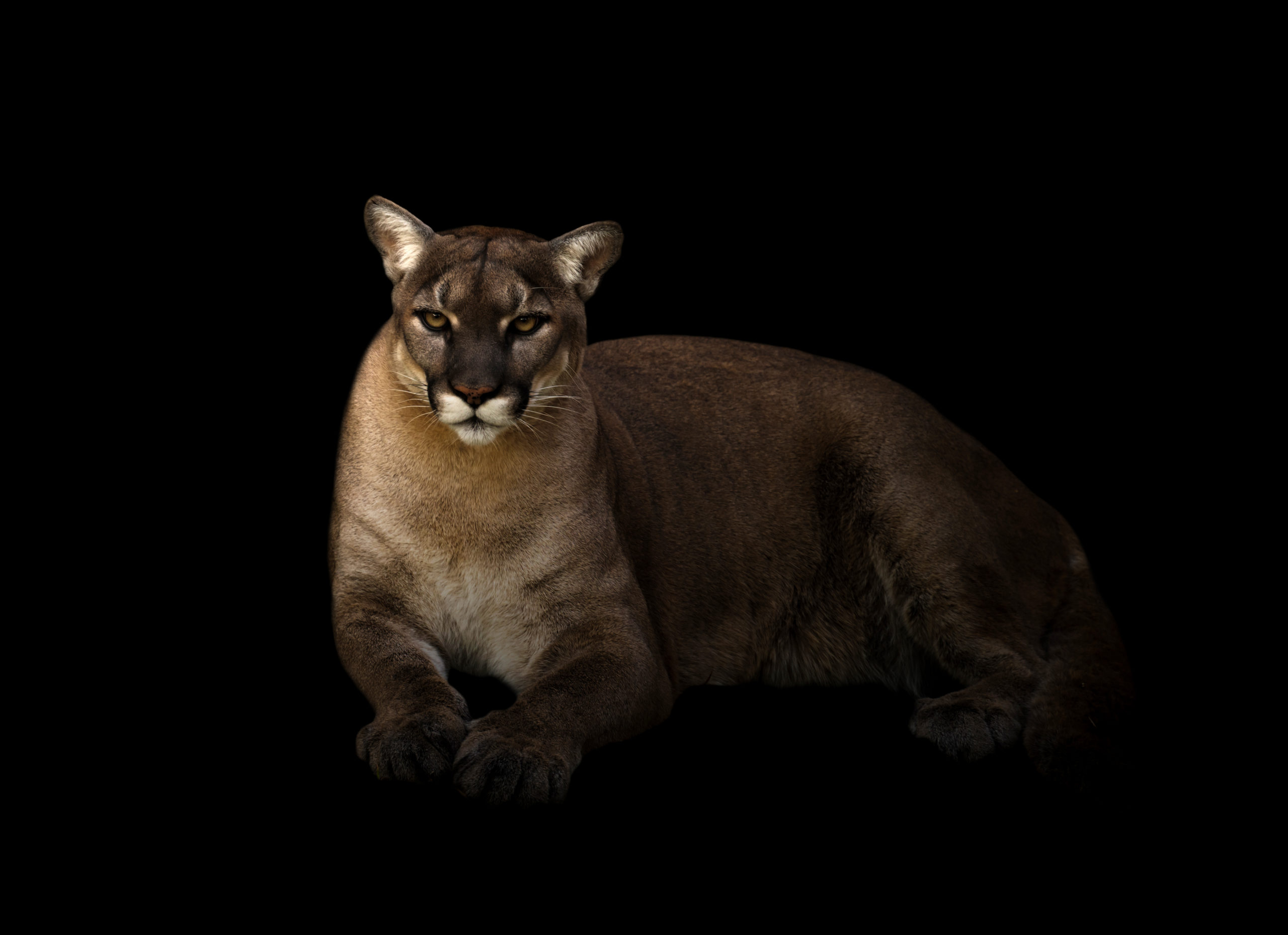
This is not too difficult when heliskiing in the huge areas of the heliski providers. There is plenty of space. And if animals are spotted somewhere, the helis fly around them in a huge arc and avoid the area for the next few days.
Strong enough?
Not sure if you are strong enough for heliskiing? Get in touch with us. We can also do a video check-up. We have been heliskiing with thousands of skiers and know all the areas. So we can assess with you where you will have the most fun in the powder!
